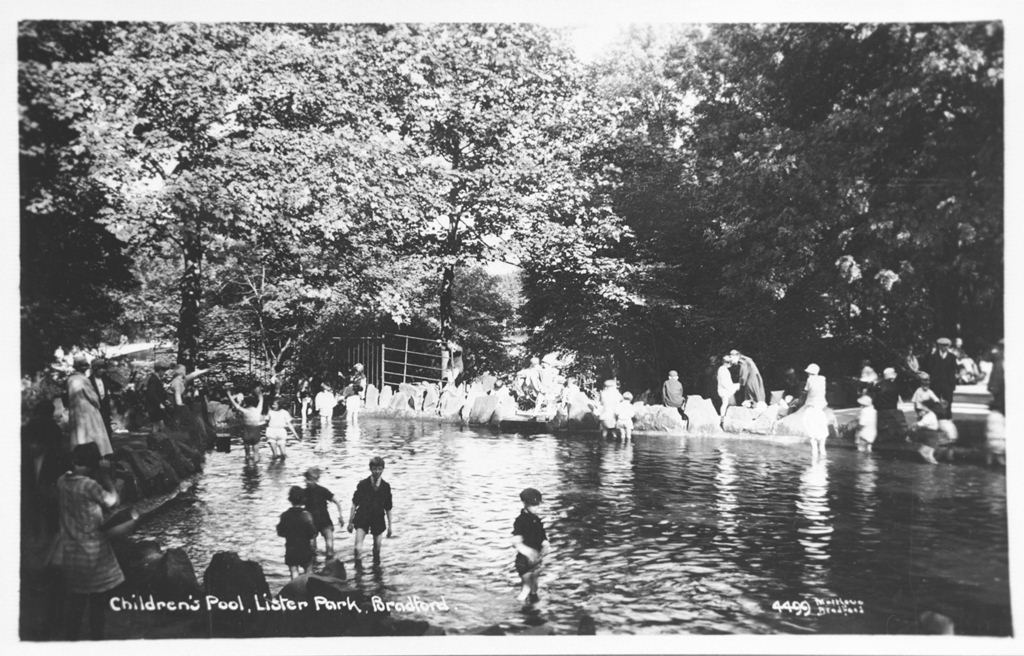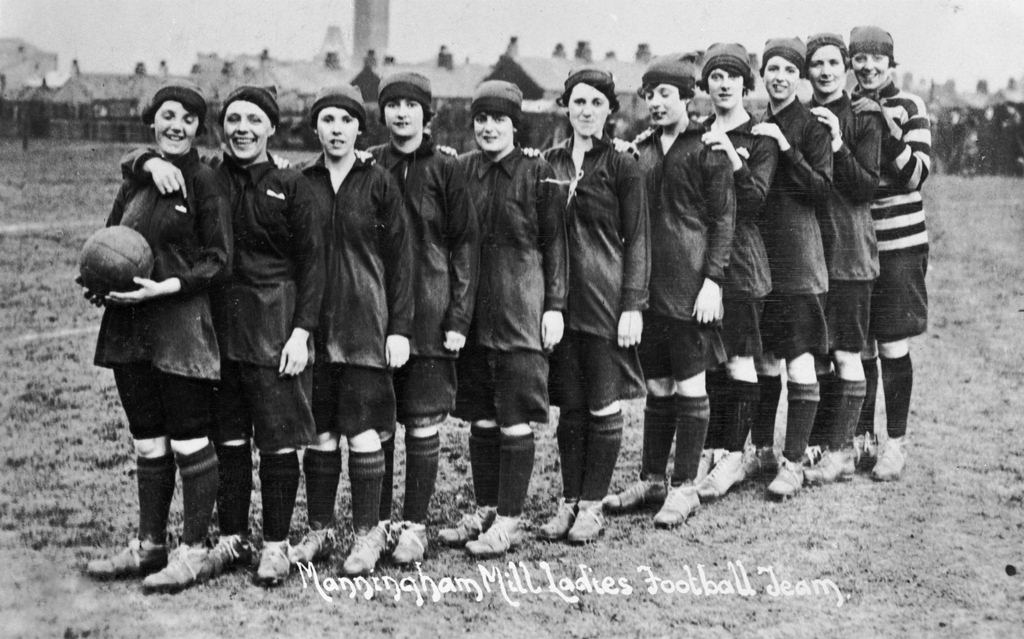This blog post by our Curator for Technology & Social History, Liz McIvor puts our forthcoming A Grand Day Out at Bradford Industrial Museum into context.
She writes:
Bradford Council are working to roll out a strategy for Health and Wellbeing this year; most people are well aware of the health problems that are experienced by people in modern society and the pressures to get communities to help themselves to be healthier, more active and happier as a result.
But what about our attitudes to health and wellbeing in the past?
Most people compare modern lifestyles to those people who lived a century ago and feel that their Victorian ancestors were healthier, but were they?

We know from historical records that the majority of people were smaller than us, had limited access to effective medical treatments, a less varied diet, and they didn’t live as long – especially not if they lived in cities.
So who had the healthiest lifestyles by modern standards a century ago? It all came down to which class a person belonged to.
A miner in South Bradford could earn reasonable wages IF he wasn’t on ‘short time’ (reduced hours). His wife would be less likely to work than a mill hand’s wife and he might have a large family. By the 1880’s miners wages had dropped as costs went up so they might earn the same as a mill labourer at 15 shillings a week.
Although it wasn’t much, the family would have enough to eat, but what were they eating?
William Cudworth described the weekly eating habits of a ‘working man’ and family in Bradford as the following:
- 7 loaves at 4lb each
- 4lb meat
- 1lb butter
- ½ lb cheese
- 3lb sugar
- ½ tea
Although bread had come down in price because of railway deliveries to bakeries, meat was still expensive because it didn’t keep. The averages don’t include ANY fruit or vegetables either.
The Working Class diet was generally high in carbohydrates, sugar and fat. The people who ate this diet were also very physically active, burning off the calories they ate quickly in manual labour, housework and ‘laiking’ (playing outside). There wasn’t much spare time for sports, but some people played football or rugby, outdoor games like knurr and spell or became amateur wrestlers or boxers.

The middle-class urban clerk working for a large company, bank or public office had more money to spend on buying newly available seasonal and greenhouse grown foods. He could afford a maid, so his wife would be less physically active and he would have a more sedentary lifestyle, travelling on public transport and sitting down for much of the day.
Although he might watch sports, he would also have more spare time and energy to play golf, tennis or cricket in amateur leagues and for charity.
Diet included the vitamins and minerals which were missing in poorer people’s food, but few families ate a ‘balanced diet’. Meat was consumed every day and in large quantities, including at breakfast. Meals were also high in fats and sugars.
The ‘leisured class’ was for wealthy people such as Mill Owners and members of the Aristocracy. They had access to luxuries but were also likely to maintain an active lifestyle in country sports – both men and women could take part in activities such as riding and hunting. Being part of this group of elites did mean that like today’s celebrities, they were subject to great public scrutiny of their appearance through photography in magazines and overindulgence was frowned upon socially.
For those who were overweight, there were a number of choices such as attending a ‘health spa’ such a Ilkley, or using machines like static bikes and ‘rowing apparatus’ like those offered aboard the transatlantic vessels Olympic and Titanic or used privately at home.
Exercise wasn’t the only remedy for being unfit. ‘Allan’s Anti Fat Pills’ were sold in high street chemists like Boots and were supposed to prevent fat being digested.
“Purely vegetable, perfectly harmless” Was the claim, with an engraving of an overweight wealthy woman ‘before’ and one ‘after’ on the packaging. In fact, wealthy people’s shopping orders often contain various laxatives to offset the effects of an unhealthy diet as well as ‘slimming products.
The Victorian staple Cod Liver Oil was promoted to ease digestion, as well as a punishment for naughty children.It was developed by Hull merchant T.J. Smith from a wasted by-product of fish gutting, and was available all over the country by the 1880’s thanks to the spread of the railways.
Food ‘supplements’ were also on the market from infant foods like slippery elm powder, to Nestles milk and Neave’s Baby Food. These were unregulated and all contained low levels of digestible food, but weren’t as bad as the use of things like ‘daff’ to bulk up cheap food products for the lower classes.
It was the common use of the powdered chalk mixture to make sweets which resulted in the fatal Bradford Peppermint poisoning of 1858. This poisoning, killed 17 people, when the daff powder was accidently swapped at the chemist for ground arsenic. Soon after, in 1860, The Adulteration of Food and Drink Act was passed, but was difficult to enforce for many years among unregistered sellers in the poorest parts of urban cities.
Visitors to Bradford Industrial Museum on the 2nd of May Bank Holiday ‘Grand Day Out’ can find out more about food and exercise in the past.